Iguazu Falls: Prepare to Get Soaked!
My parent’s incredible 36-day South America cruise ended in Buenos Aires, Argentina. They were both sad to leave the ship, but before returning home to Canada they flew from Buenos Aires to visit the impressive Iguazu Falls.
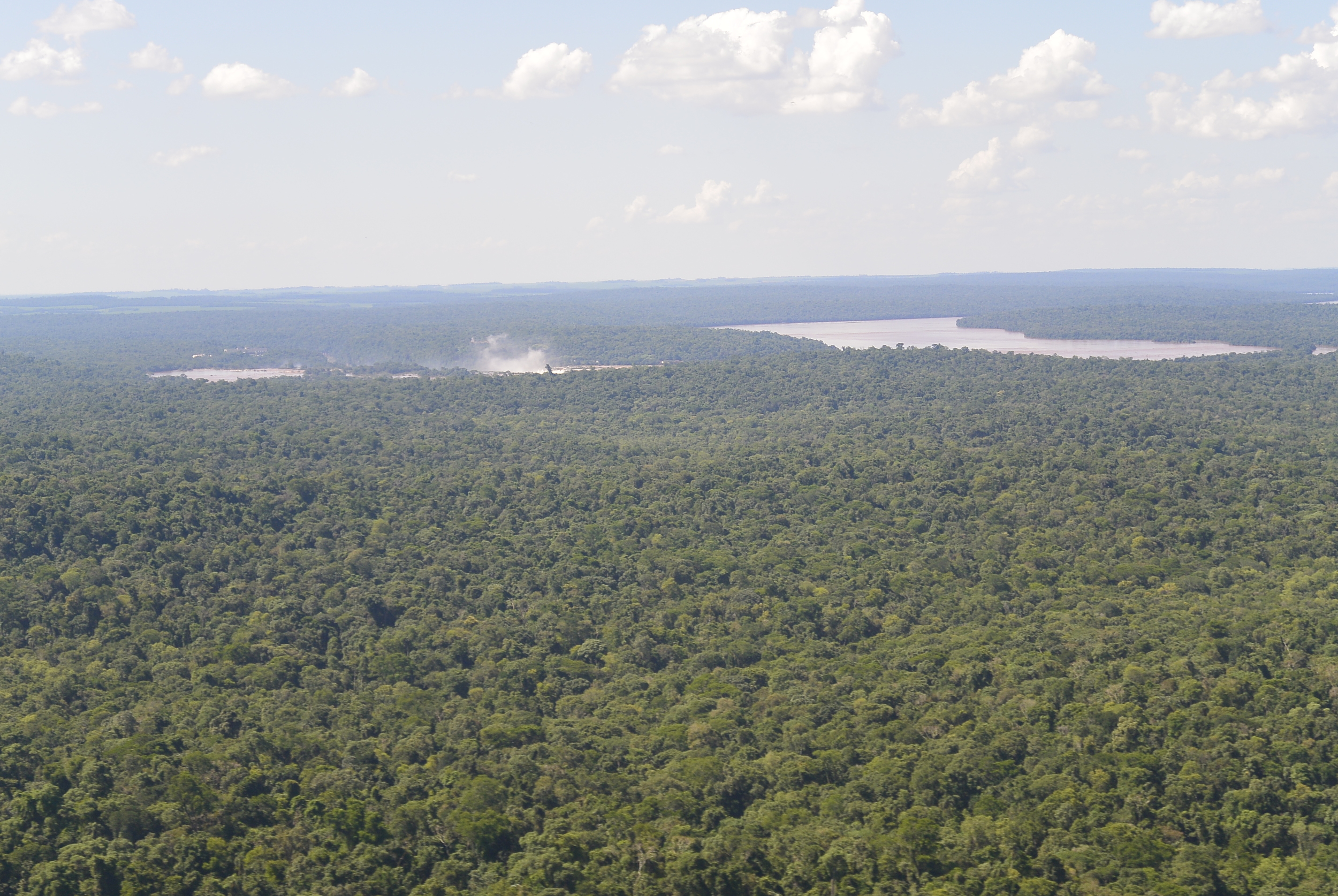
Rainforest as far as the eye can see...
My parents got their first view of the falls from the plane. The waterfalls are as high as 80 meters in certain areas and as wide as 2.7 kilometers making them taller and twice as wide as the Niagara Falls!
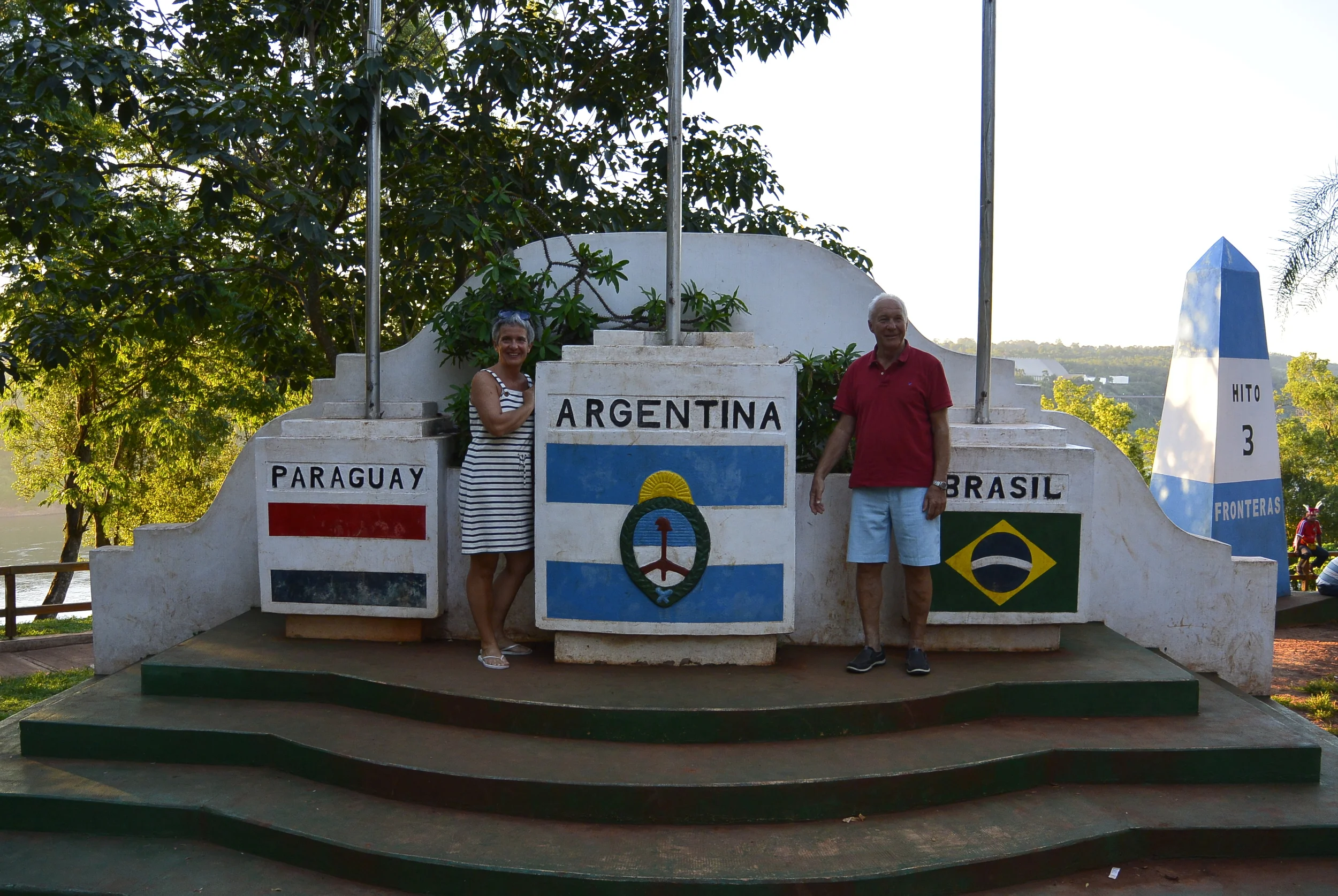
The water flows of the Iguazu River mark the junction of the borders of three countries: Argentina, Brazil, and Paraguay.
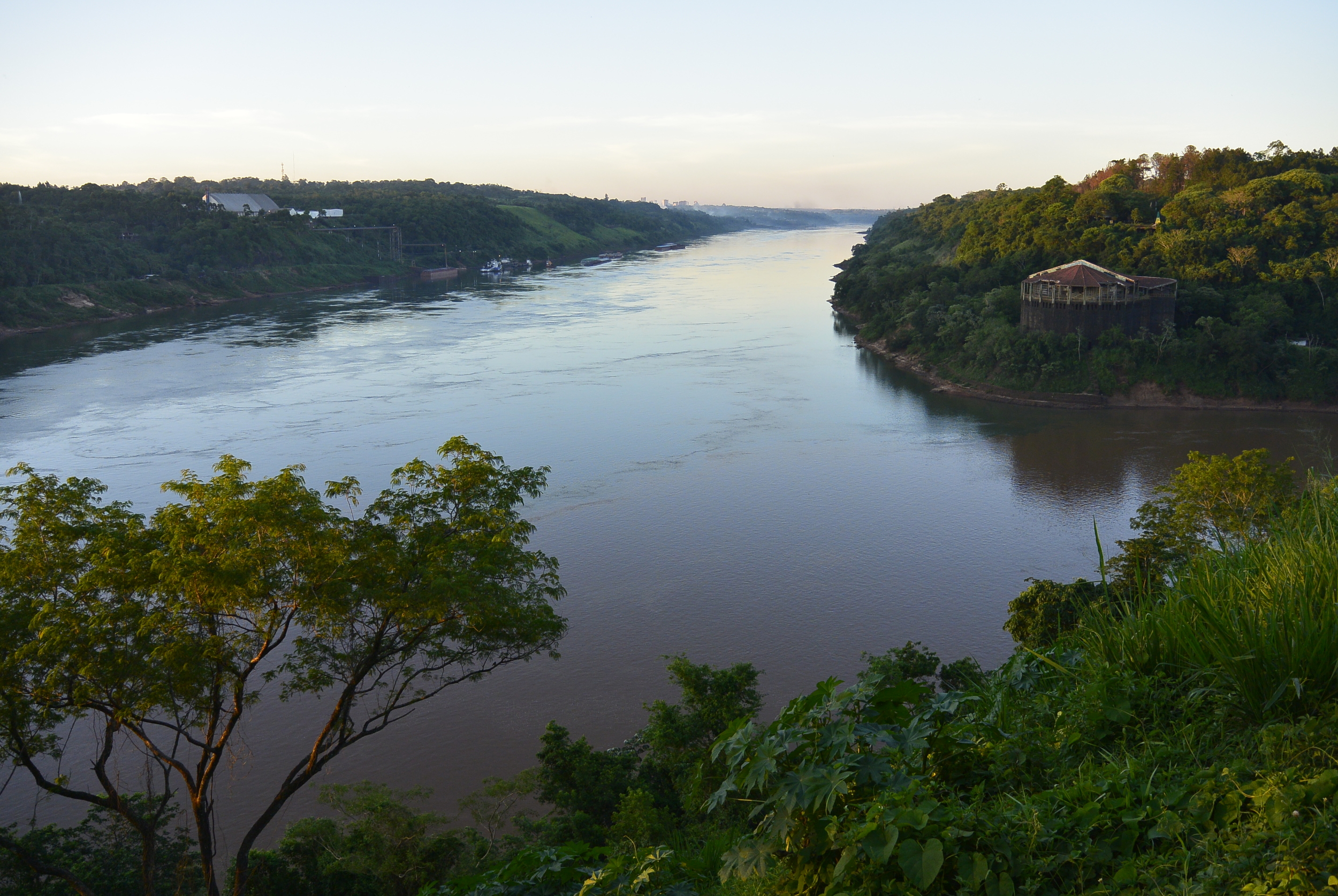
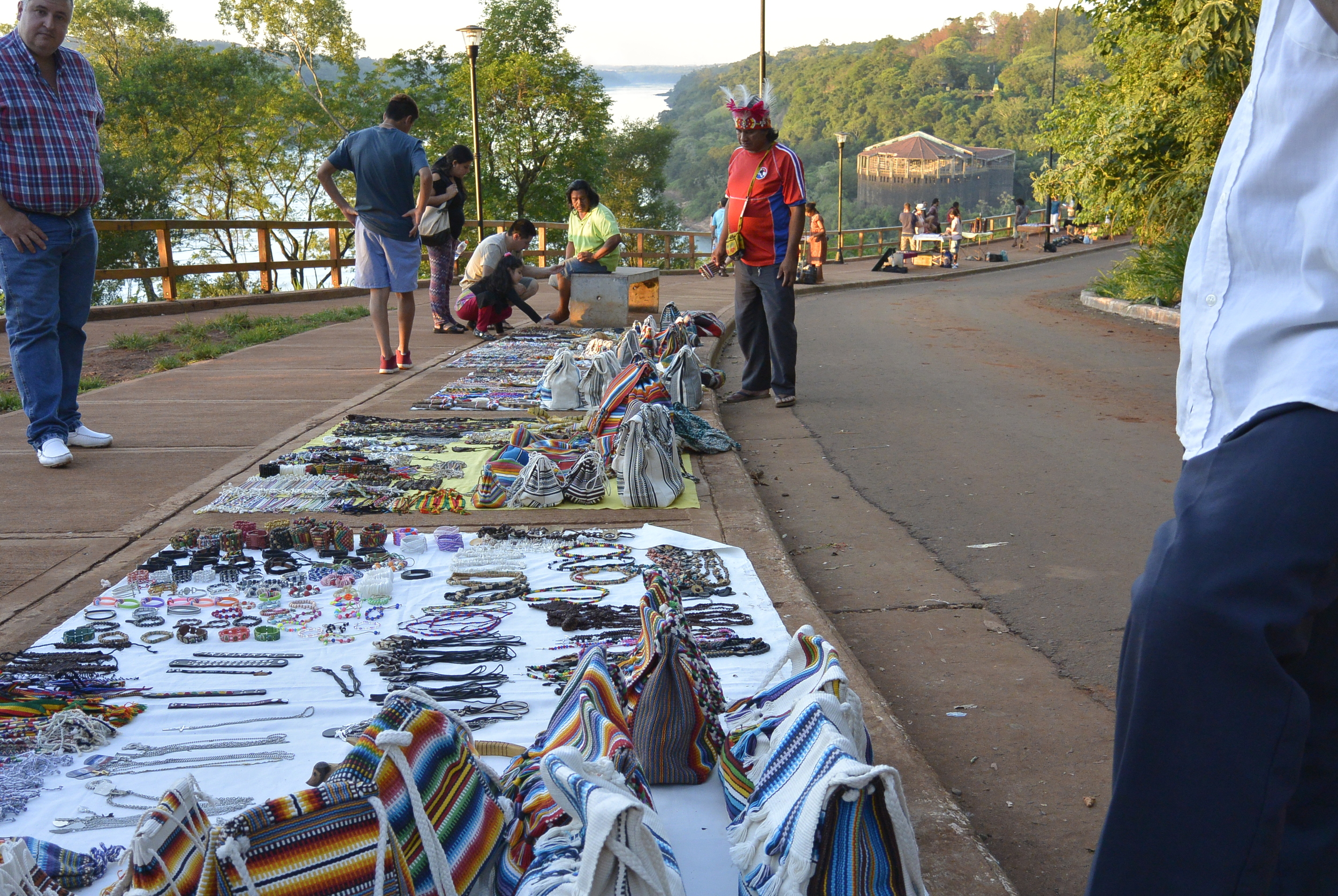
Since the waterfalls have become such a popular tourist attraction locals have set up a street market to sell their handmade goods to visitors.

The night before my parents visited the falls, they feasted on Argentinian steak, which was cooked and prepared right at their table! Mmmm!

The Iguazu Falls are shared between Argentina and Brazil. My parents accessed the waterfalls from the Argentinian side through the Iguazu National Park. The Brazilians have their own access point, Iguacu National Park. The two parks are both UNESCO World Heritage sites.
To enter the park they first had to take the Rainforest Ecological Train which brought them to the entrance of the “Devil’s Throat”, a long and narrow chasm where approximately half of the river’s flow falls into. From here they were able to walk to the upper and lower trails around the waterfalls.
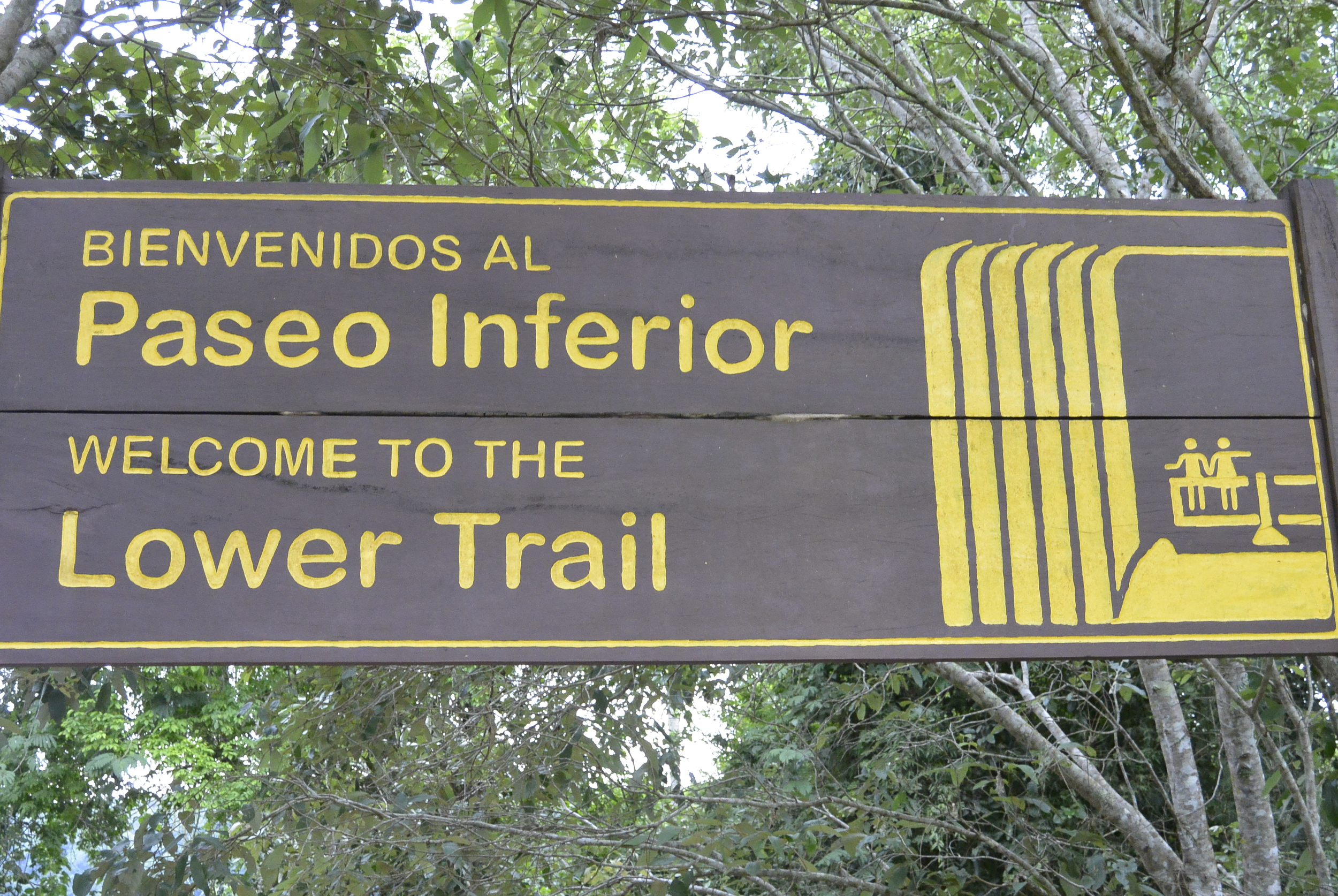
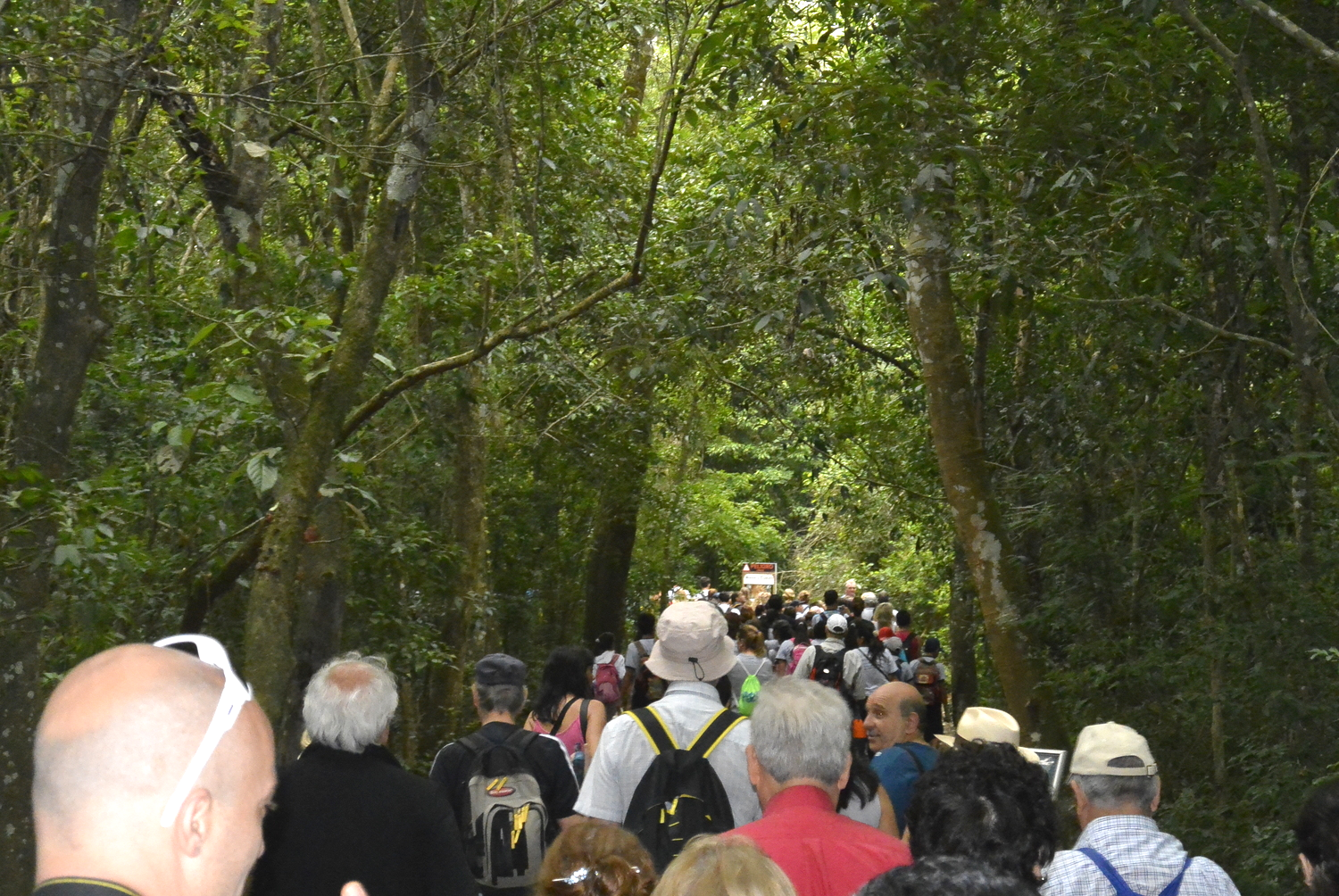
There was no shortage of tourists in the park on the day my parents visited!


The South American Coati can be found everywhere in the rainforest around the Iguazu Falls. They are a type of raccoon that likes to scavenge around for food. They are definitely not shy of the tourists!


There is a legend about the creation of the Iguazu Falls. The tale states that a deity planned to marry a beautiful woman named Naipi, but she fled from the deity with her mortal lover in a canoe. In a rage, the deity sliced the river, creating the waterfalls and condemning the lovers to an eternal fall.




Inflatable boat services take tourists directly under the waterfalls. The brightly colored rain ponchos that my parents and many others wore did little to protect them from getting wet. The moisture in the air alone soaked their clothing.
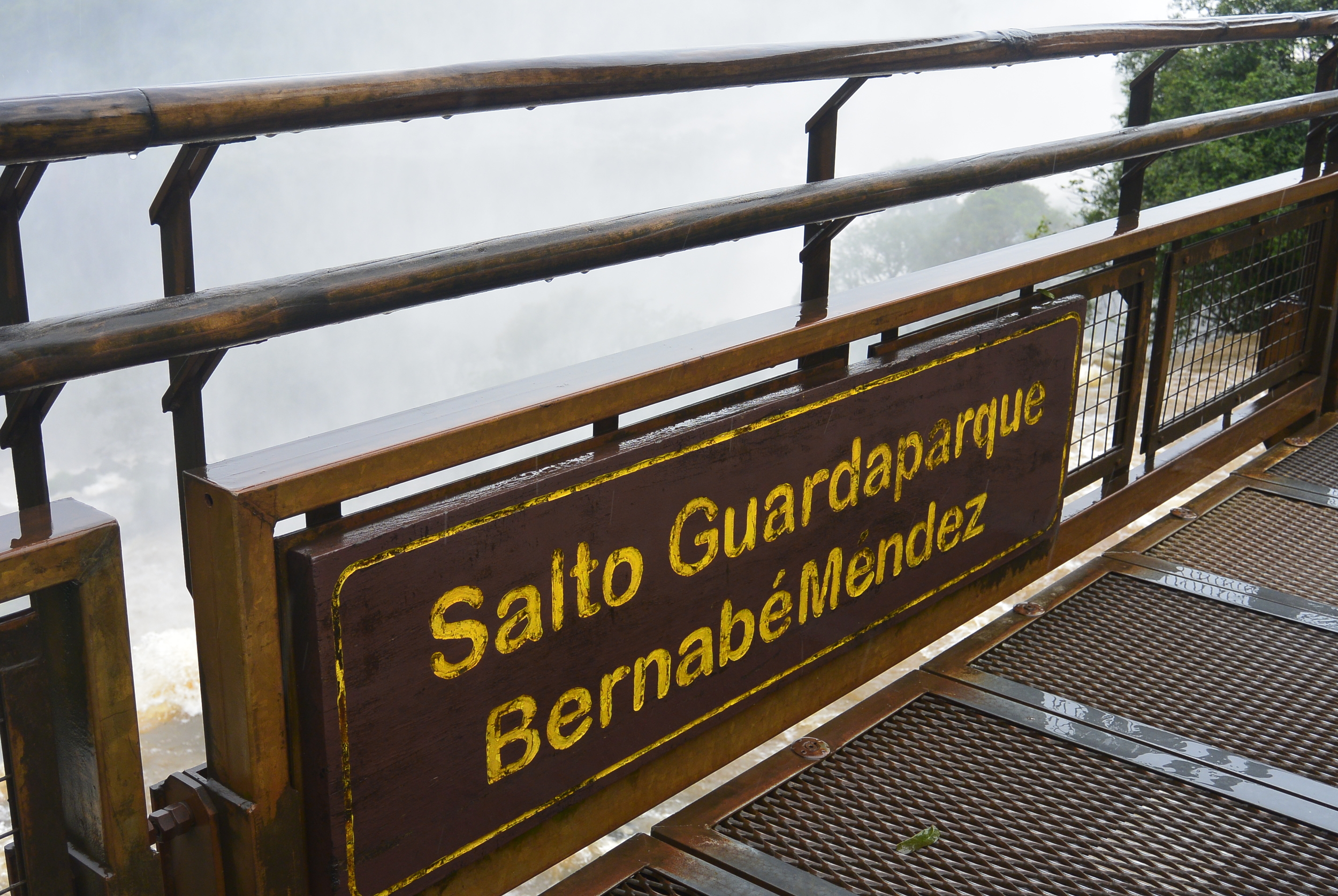
The names of the bridges correspond with the name of each individual waterfall.

Walkways have been built all around the upper levels so that visitors can literally look out over the falls. Best not to be scared of heights!


Due to the powerful river currents and flow over the falls, the bridges have to be checked for safety and re-built every few years.


It was quite challenging for my mum to take photographs at the falls due to the fact that everything was soaking wet. Not the best place to have a camera! However, the next few pictures are my favorites because of the moisture in the air around the falls. You can tell that the lens is covered in condensation, which gives the pictures a softer feeling. I like how they are softer as opposed to the super crisp HD photographs that are so popular and seen everywhere today.




This blog post marks the conclusion of my parent's epic South America trip! If you have just landed on this page, you can check out the whole series by starting here.
I am thankful that I was able to post their incredible photographs and stories on to my blog, and I hope that you may have learned something, or been inspired to go on your own adventures, after reading through the posts. Now I am excited to continue blogging about my own travels. Thanks for reading!